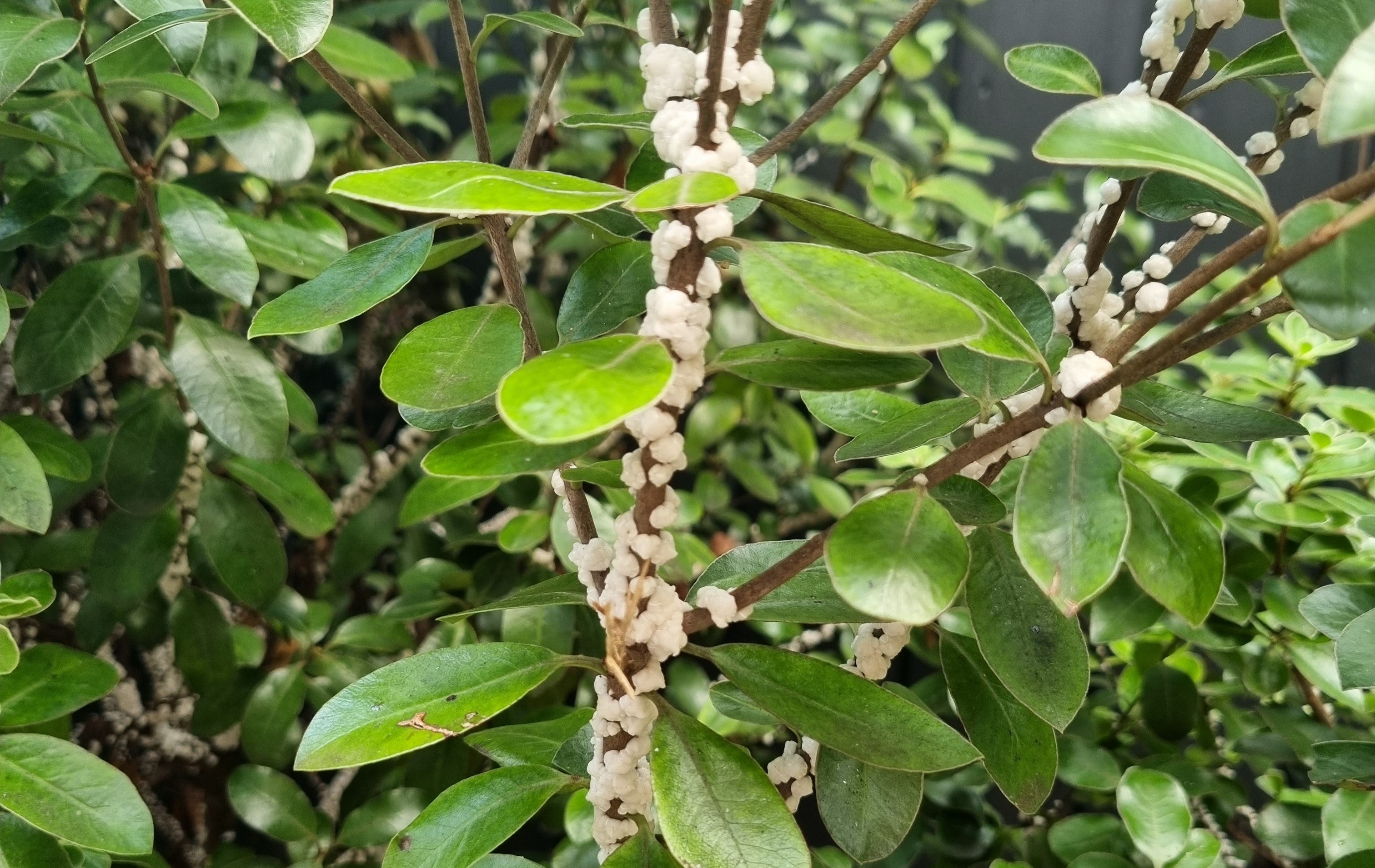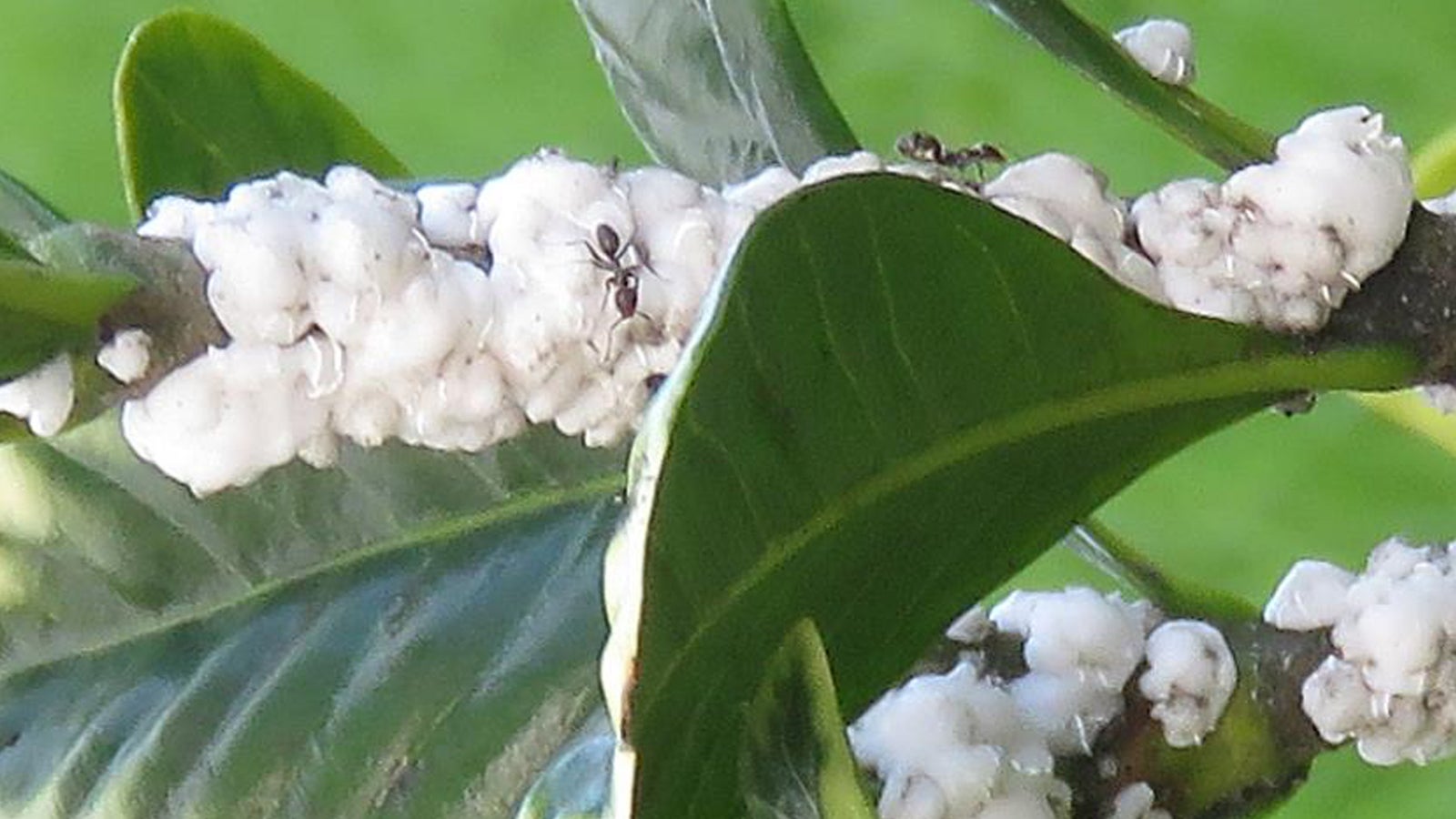
White Wax Scale
21 Mar, 2021
Wax scale are seen more often when the weather starts to cool down in autumn, and most commonly seem to cluster around the mid ribs of leaves. They can also be found at weaker points on a plant, such as a fork where branches divide.
This scale will also produce honeydew, a sticky substance they excrete which fungi start to grow on causing sooty mold.
For information on other scale species click here.
Prevention
Healthy plants are less likely to suffer from insects like scale. Feed plants regularly, do what you can to improve the soil and make sure that plants are well watered.
Natural Treatment
Spraying as a preventative program is better than trying to treat a bad infestation.
Spray plants thoroughly (until they start to drip) with Bioneem and Eco Spread. For heavy infestations spray in a cluster of 2-3 sprays at 7 day intervals.
Then spray monthly for maintenance and prevention.
If possible, spray in the evening to avoid harming any beneficial insects in your garden.
Don’t use oil-based sprays on ferns or fine-leafed palms. For these plants use a pyrethrum spray.
Other Treatment
For non edible plants, spray at first sign of insects spray with Groventive Garden with the addition of Ecospread added to the water, this will improve efficacy. Repeat at 14-28 days intervals as required for effective control.
Use Bioneem oil for maintenance and winter dormant spray.
When using sprays and chemicals always read the label and follow instructions carefully. Spray in the evening to avoid harming beneficial insects.
